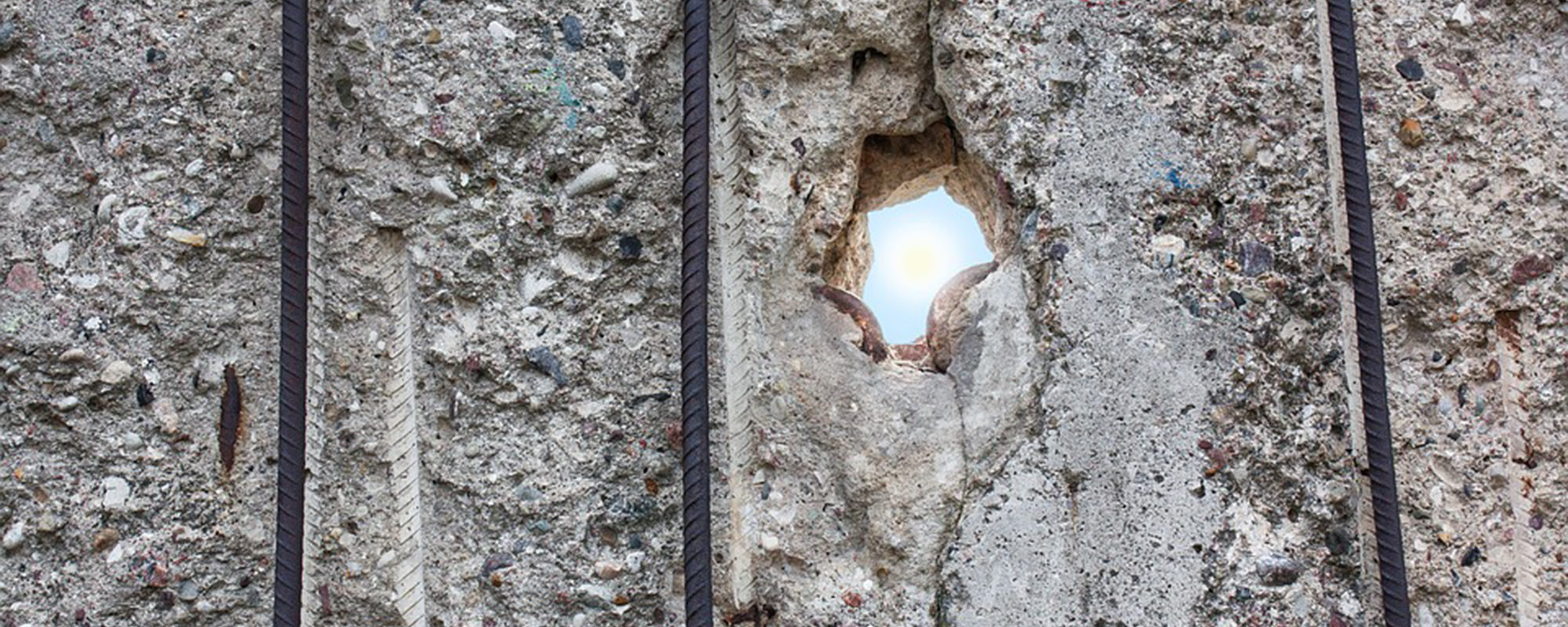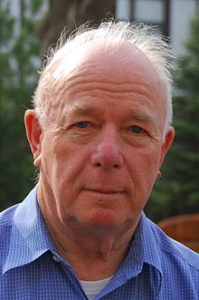“Just to pop up the quiz program fad at home, here is a ten billion dollar question: What nation has done the most for refugees during the past 12 months, or for that matter, the past 10 years? Could it be America, founded by refugees; consecrated again and again through the centuries as a refuge for the freedom-seeking; our McCarran-latticed gates still open a crack to let in quotas of displaced persons, Hungarian revolutionaries, and others? How about Israel, with its 900,000 homeless Arabs? No, the UN has done most of the work there. Canada? Australia? Pakistan? The answer must be the Federal Republic of Germany.”
— David Binder, 1958
Binder’s ICWA fellowship took place between 1957 and 1960 in Cold War Germany, where he studied the effects of a nation torn between Western Europe and the Soviet Union. In one of his newsletters, he explores the impact of an influx of refugees from behind the Iron Curtain. Some came legally, but many more through a dangerous crossing of the heavily militarized border between East and West Germany.
“Some authorities believe it was once the intention of the Soviets to flood the western zones with refugees and thus create a mass of unemployed malcontents ripe for communism,” he wrote. “If so, the policy has floundered because in addition to forming a cheap labor supply for West Germany, the continuing exodus of refugees has drained East Germany of an irreplaceable work force.”
Written more than a half-century ago, those observations remain relevant today to the debate over immigration at the center of the right-wing populist wave sweeping across Europe.
After his ICWA fellowship, Binder went on to become a leading correspondent for The New York Times (1961-2004)—including as Berlin correspondent and diplomatic correspondent based in Washington—and continued covering Cold War and post-Soviet issues.
Read the full newsletter here.
And explore Binder’s ICWA archive here.


